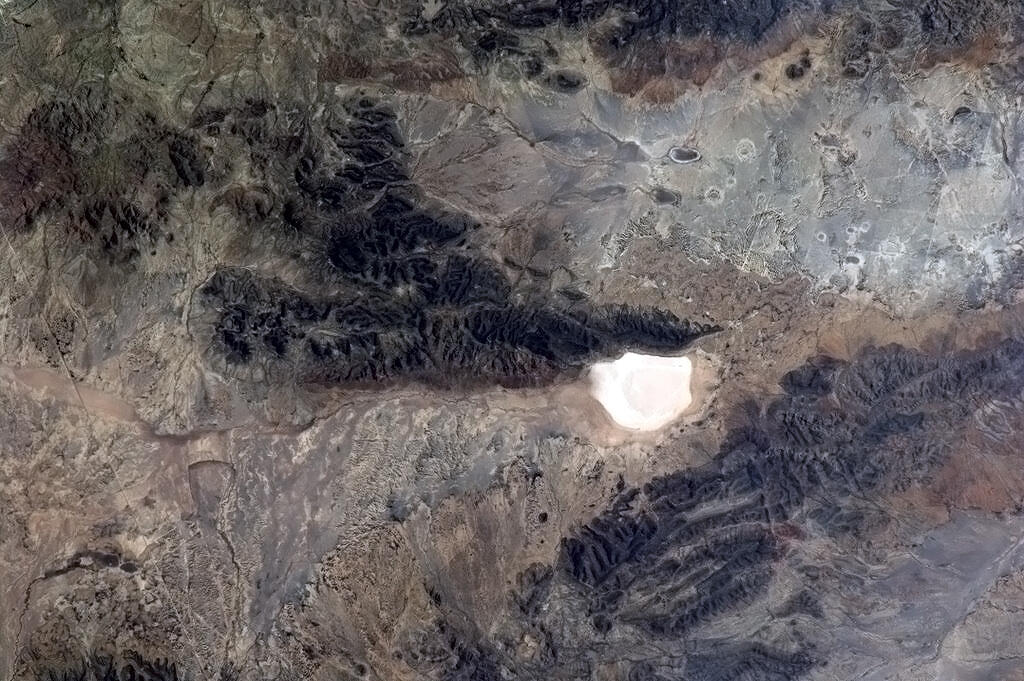The U.S. Supreme Court this week met to begin debating the future of same-sex marriage in the United States. To accompany this historic event, the Human Rights Campaign (HRC) started urging people on Monday, March 25 to change their Facebook profile pictures to a pink-on-red equal sign to show support for marriage equality. Since then, we’ve noticed a surge in people changing their profile photos to various versions of this image.

The original HRC profile image, a common variant, and its less common kosher-for-Passover and not-so-kosher varieties.
To get a clearer picture of the potential level of support for marriage equality on Facebook, we examined how many U.S. users changed their profile photos over the past few days.
Time trends
The first thing we wanted to do is understand how the events played out over time. While millions of U.S. Facebook users update their profile photos on a given day, we found that significantly more users -- roughly 2.7 million (120%) more, updated their profile photo on Tuesday, March 26 compared to the previous Tuesday.
Looking at these trends more closely in the figure below, we can see that there is strong periodicity in how many users update their profile photos each hour, which makes the trend hard to see just by looking at the raw data. Using a time series model, we can decompose the trend we'd like to examine from the seasonality in the data. We find that the increase in uploads does indeed start around the time when HRC began urging their Facebook followers to change their profile photos at 1 p.m. EST (dashed line).

Cyclicality in profile photo uploads and trends revealed by a time series model. Dashed line indicates when HRC campaign was launched.
Demographics
Next, we wanted to know what kinds of Facebook users were presumably showing support for marriage equality. We compared the proportion of users who logged in on Tuesday, March 26 and updated their profile picture with that proportion the week before (March 19), broken down by age. In the left-hand figure below, we can see that across all age groups, more individuals changed their profile photos on March 26 (red) compared to the previous week (black).

Relationship between age and profile photo changes.
In the right-hand figure above, we can see the increase in the percentage of users updating their profiles from each age group. Those closest to 30 years old showed the greatest increase in updating. This suggests that on average, roughly 3.5% of 30-year-old Facebook users updated their profiles in response to the events surrounding the HRC campaign. We also found a small, but significant difference expression between genders. On average, 2.3% more self-reported female users updated their profile photo, compared to 2.1% more self-reported males.
Geography
Finally, having seen so many Facebook friends change their profiles photos in response to the debate, we wanted to know how widespread this phenomenon was across the country. To do this, we constructed a statistical model to estimate the likelihood that an individual in a given county would change their profile picture on March 26. Similar to the leftmost figure above, we compared the week-over-week increase -- but since there are so many counties (3,141 in all), including some with few users, we also included data about the behavior of others in the same state and across the country to get a more stable estimate of the difference. The results are shown below.

Estimated increase in profile changes for each county. Counties with more intense colors can be thought to have greater turnout as a result of the HRC equals campaign.
Which counties saw the largest increases in profile photo changes? Much to our surprise, we found that Washtenaw County -- home of Ann Arbor, Michigan and the University of Michigan, this author's alma mater, topped the list. Our model estimated that approximately 6.2% of Facebook users who logged in from this county changed their profile photos in response to the campaign.
Washtenaw County is not alone. Many of the top 25 counties that showed the greatest support for HRC's campaign were home to college towns, including Orange (University of North Carolina), Durham (Duke University), Monroe (Indiana University), Johnson (University of Iowa), Athens (Ohio University), Dane (University of Wisconsin), Boulder (University of Colorado), and Travis (University of Texas at Austin).
People changing their profile pictures weren't just in college towns. San Francisco County, San Mateo County (home of many tech companies), and Washington, D.C. also ranked highly. Surprisingly, while (log) population density was correlated with increases in profile updating (rho = 0.45), many counties housing large cities like Los Angeles, Chicago, and New York City, showed only modest increases (2.4-2.9%) in support.
A closing remark
For a long time, when people stood up for a cause and weren't all physically standing shoulder to shoulder, the size of their impact wasn’t immediately apparent. But today, we can see the spread of an idea online in greater detail than ever before. That’s data well worth finding.
Data analysis by Eytan Bakshy, a researcher on the Facebook Data Science Team. Special thanks to Mike Bailey, Dean Eckles, Matt Katsaros, Dan Merl, Jason Sundram, and Dex Torricke-Barton.


































